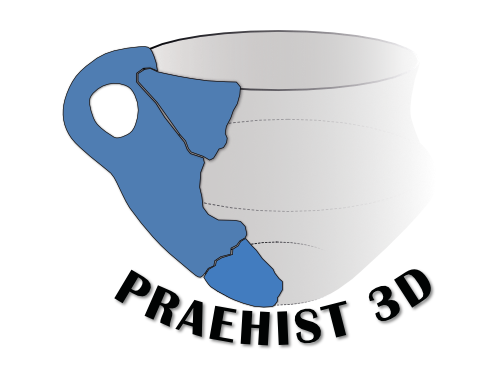“Lichtersteine”, round brick discs with small bowls, from Brandenburg an der Havel, which can be dated mainly to the 15th/16th century, are mainly interpreted as oil lamps.
This example comes from an excavation in the St. John’s Monastery and was found beneath the current floor. There, the brick disc was reused as a floor slab in an older floor, probably from the 17th century.
The 34 cm diameter plate most likely originally had 8 bowls into which oil or tallow and a wick each could be filled and served as a safe candlestick.
The 3D scan was carried out in the city archaeology department with the kind permission of the archaeologists there. The model presented here is a pure photogrammetry model created with a cross-polarized light source.
It is intended to serve as a basis for reconstruction and functional animation, as well as for a comparison between photogrammetry and Revopoint scanner models that were recorded in parallel.
Interactive 3D-Model
Literature
Biermann u. a. 2021
F. Biermann – O. Blum – J. Müller, Ziegelton-Lichtersteine aus Brandenburg an der Havel, <https://media.suub.uni-bremen.de/handle/elib/5511> (5. September 2024), doi: 10.26092/ELIB/1238
Are you also interested in 3D scans, reconstructions and/or visualizations?
Are you interested in 3D scans, prints, reconstructions, workshops or questions?
